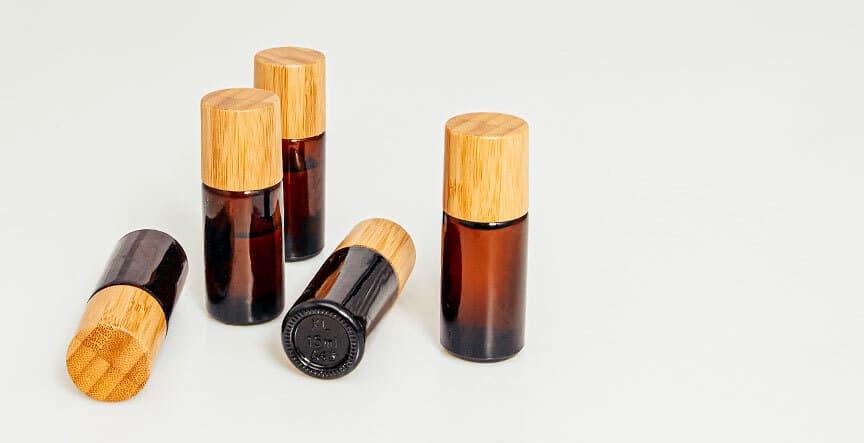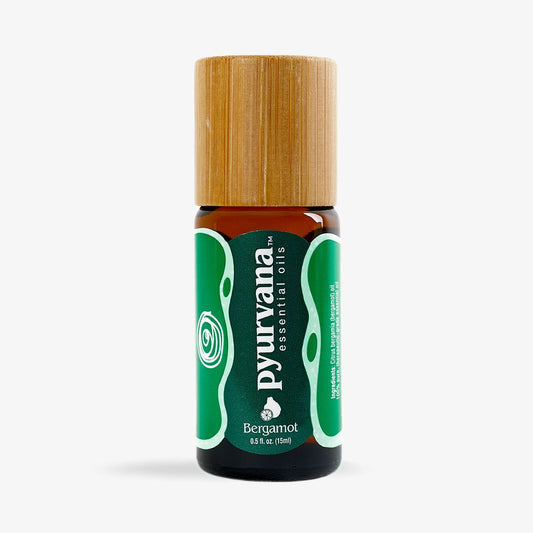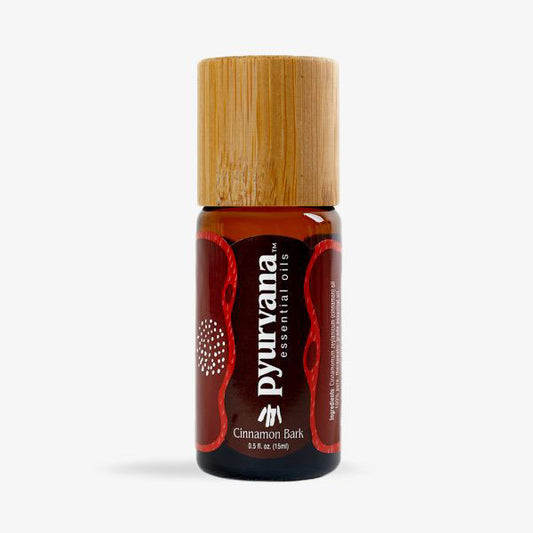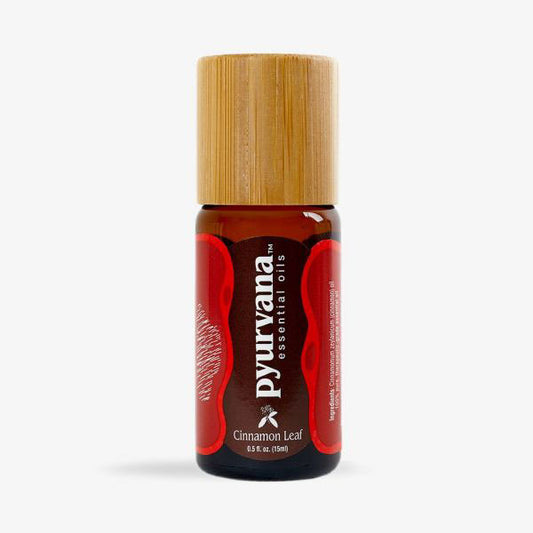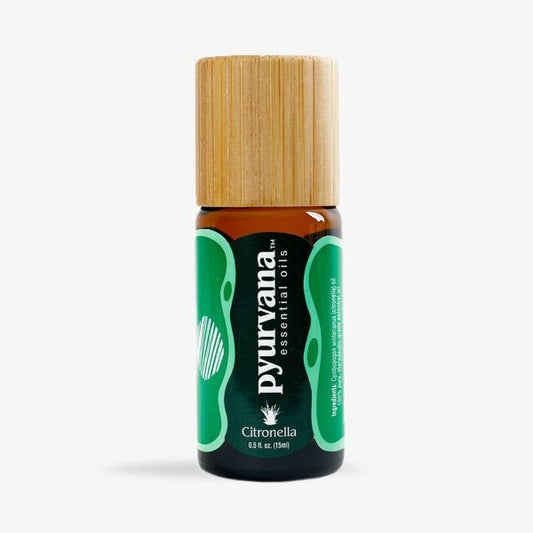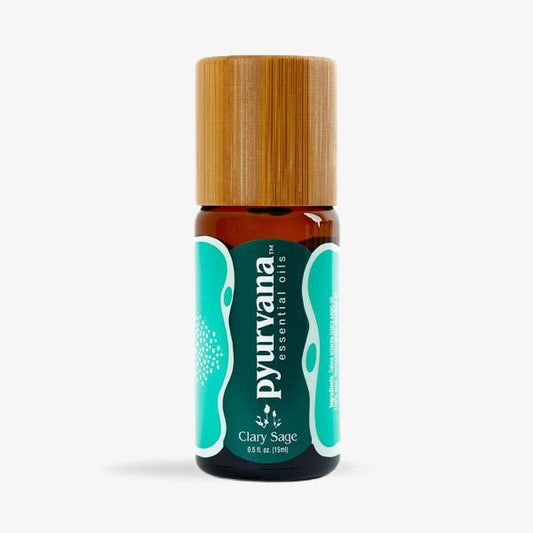Hidden inside the seeds, roots, flowers, or bark of many plants are concentrated oils. These natural compounds, when extracted, become the essential oils you see on the market. But how are these gifts from nature removed from the plant itself? There are many ways to extract oils from plants and these are three of the main essential oil extraction methods.
Learn more below about distillation, expression, and solvent extraction:
Distillation
Distillation is a way to extract essential oils from plant material using heat and is generally done in one of four ways. In steam distillation, the organic material is placed in or above water in a retort, which is an airtight vessel. Water is added and is then heated from below with steam. This produces a vapor mixture of volatile oils and bioactive compounds which then flows into a condenser. There the vapor mixture is condensed by indirect cooling with water. From the condenser, the mixture goes into a separator where the oils and compounds are then divided from one another.
Another method of essential oil extraction is hydro distillation. The only difference between this method and steam distillation is that instead of the steam being introduced from below the retort, the natural raw material is exposed to steam from above it. The steam vaporizes the mixture and it travels to the condenser to be cooled, then to the separator.
Water distillation works by submerging the raw material in water and then bringing the water to a boil, creating a vapor. This water vapor, which now carries the pure essential oil as well, is funneled into a condenser and then cooled so the water reverts to its liquid form. The water then flows into the separator where the oils are extracted.
Dry distillation is primarily used to obtain essential oils from wood. This extraction method involves putting the natural raw material into a retort. As the materials heat up, they release a vapor that can be condensed and separated to extract the essential oil. Unlike steam or hydro distillation, dry distillation uses no water. This extraction method is very rare and is only used to produce cade and birch essential oils.
Expression
Expression is the most commonly used method to produce citrus oils. This is because unlike distillation, these methods do not use heat, and oils from citrus fruits tend to lose their fragrance when heated. As with distillation, there are several types of expression: cold pressing, sponge expression, scarification, and machine abrasion.
Cold pressing uses the entire fruit. The fruit is punctured, then pressed mechanically to remove all of the oils and juice. The essential oils rise to the surface and are separated from the juice by centrifugation. There is no external heat applied during the extraction process.
Sponge expression uses the rind and the pith of the fruit. All of the pulp is removed, then the fruit peels and pith are soaked in water to soften them. The softened peel is pressed against a sponge which then absorbs the exuded oils.
Scarification is a type of essential oil extraction where the skin is scarified usually by running the fruit over a trough with sharp projections that penetrate the peel. The oils from the ruptured glands are then usually collected in a stem or by centrifugation.
Machine abrasion is where the outer peel of the fruit is scarred and then removed by a machine. This peel is dropped into water and the water carries it to a large centrifuge to extract the oil and water, then separate them.
Solvent Extraction
Solvent extraction methods employ one to two types of solvents to extract oils from plant materials. There are a variety of ways to perform this method of extraction using different types of solvents. There is also some debate about whether oils extracted using solvents are true “essential oils” or if they are extracts instead.
Enfleurage is used for extracting oils from flower petals. The flower petals are placed on solid sheets of warm fat. These sheets absorb the essential oils from the flowers and then a solvent, usually alcohol, is added to the saturated fat. This solvent then separates the oil from the fat.
Supercritical CO2 extraction is where the oils are extracted from the plants using liquid carbon dioxide as the solvent.
A third method of solvent extraction is extrait. This method is primarily used to extract organic essential oils because it does not use harmful solvents such as benzene and hexane.
Our Essential Oil Extraction Methods
At Pyurvana, we use a variety of methods to extract our essential oils. For example, our citrus oils are extracted using cold pressing, whereas many other oils are obtained using steam distillation. Each individual oil page will list details about the essential oil extraction method.
High-Quality Essential Oils
Pyurvana is your source for 100% pure, therapeutic-grade essential oils.
Visit any of our item pages to learn more about the essential oil extraction methods we use for that product.
*These statements have not been evaluated by the Food and Drug Administration. Pyurvana’s products are not intended to diagnose, treat, cure, or prevent any disease.

